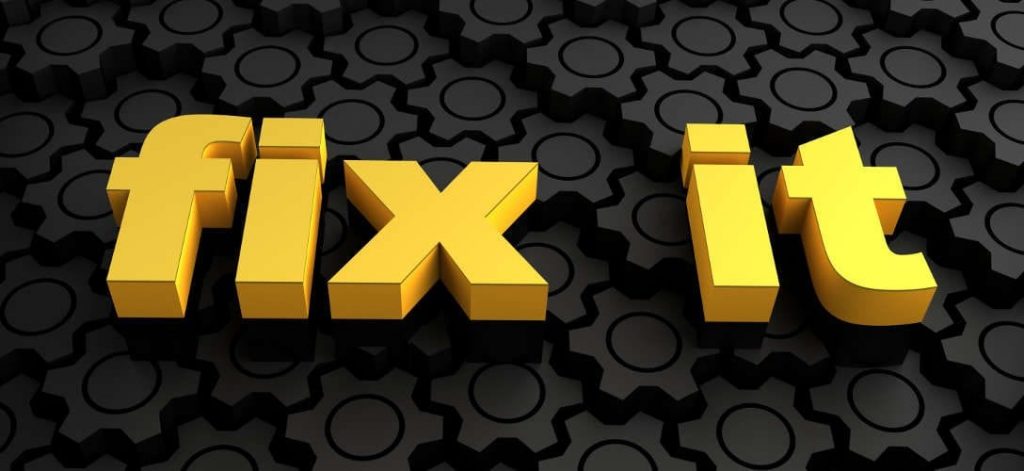
CX Skills Builder: own the customer experience
Often, Customer Experience professionals do not believe that they can improve customer experience by impacting the experience design for their customers. Why? What causes this disconnect?
I once got a call from an acquaintance saying that her mom got the loyalty points for flying to her destination on an airline carrier, but not coming back. When she called the carrier, the person on the phone told her since the booking was not made via the airline website, they could not find her reservation to help her.
Who is Responsible for Bad Customer Experience?
So, who is responsible for this bad customer experience? More importantly, who has the power, skills and authority to fix it? The answer is easy. All. Of. Us. Who do customers perceive as the person responsible to fix their customer experience problems? The Customer Experience Director. I realized this, pointedly, when my acquaintance reached out to me.
In this example, typical of airline industry providers, it is true that we cannot find a reservation that has been made on another channel. It is true that systems can be better integrated. They can be more CRM-enabled and easier to work with. It is also true that despite existing limitations, many professionals across organizations can do something to improve customer experience in a case like this.
The customer service agent can come up with a creative way to find the reservation using several tools. The person in charge of partnerships can work on a better integration with other booking channels. The loyalty manager can enhance the points system tool so every customer shows the last 2 flights, regardless of where that customer booked those flights. The list of can-dos and should-dos goes on and on.
Yet, these CX professionals do not see themselves as owning the customer experience. Nor do they feel accountable to do something to improve the customer experience.
Shift the Culture
To create necessary change, it is imperative to shift the organizational culture and the mindset of customer experience professionals at all levels. This is very difficult to do.
Even those who own the customer experience on paper frequently don’t feel empowered to have a real impact. They do not recognize that something as simple as the example above can become a successful project in their portfolio. Instead, customer experience professionals journey map and look at holistic pictures. Often they do this without implementing or designing for real changes to day-to-day customer experiences.
It almost feels like CX professionals have an identity crisis that prevents them from acting with impact. This may be because some are afraid to anger the operation. So they take a more passive approach. A passive approach does not advance the cause of customer experience design. Nor does it make it easier to make real changes, or to be heard at the table .
Fix Problems
Customer experience professionals need a portfolio of changes to gain legitimacy in their organizations. The best way to do that is to find a seam in the experience and fix problems. No matter how small a problem is, fix it. Don’t just document it, communicate it and assess it. Fix it!
It is okay to jump in and fix the customer experience because this IS your job as a CX professional. At the end of the day, if you are not fixing things. you really aren’t doing your job. Own the customer experience.
Be Brave. You will see how much your internal brand will grow. And you will watch the operation start to come to you for solutions they know will work.






Responses